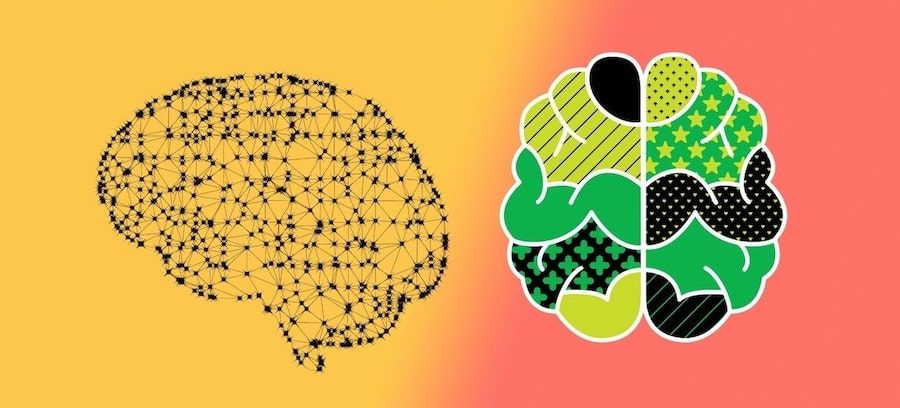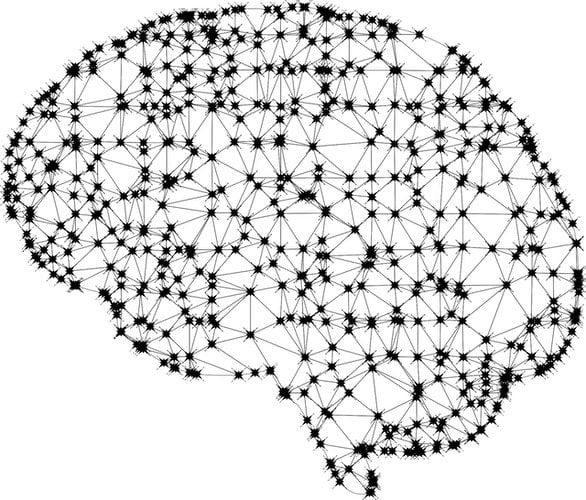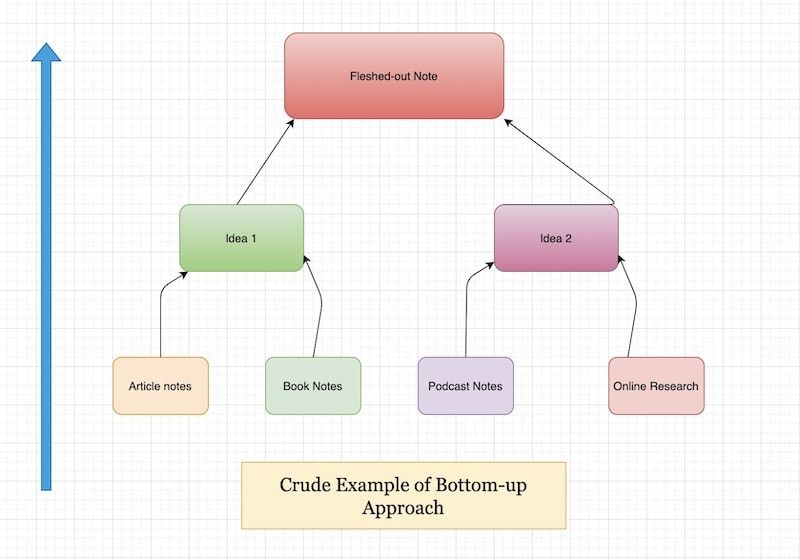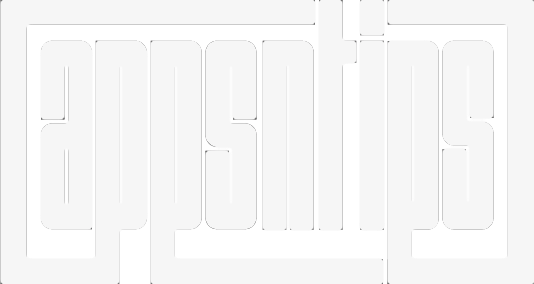What is Networked Thinking and How It Can Benefit You
In this article, I explain the term Networked Thinking, and how it can help you take better notes, solve complex problems, and think better.

Since the emergence of note-taking apps like Roam Research, the term Networked Thinking has become quite popular. People want to know what it means and how it can help them take better notes, solve complex problems, and think better. In this article, I will try to answer all these questions. I published this as part of my Roam Research getting started guide, so if you have already read it, you can skip it. But since not many people use Roam Research, and the idea of networked thinking is useful for everyone, I have extracted the part and publishing it as a standalone article.
Networked Thought vs File Cabinet System
It’s been proven in several studies that our brain stores information in a network that’s scattered throughout many regions of the brain. We don’t learn linearly. Our present experience may rekindle an old memory and interact with it to change an old opinion or foster it. That in turn may connect with some other dots in our brain.
The point is that what you observe or learn today is not only connected to a previous day or year’s learning, but interconnected with our thoughts and experiences we have had since we started sensing and noticing the world around us. The structure of our thoughts in the brain resembles a web of ideas. There’s no filing cabinet system.

So, even on the surface, it feels like a good idea to create our external knowledge-base in a similar vein. We have been using notebooks and note-taking apps that force us to think linearly. And while we have made it work, it’s not optimal.
The inherent problems of file cabinet system
Most of us think of writing as a tool for jotting down and storing information. This thinking has been enforced by the file cabinet systems that we have been using for taking and storing notes. The problem with this approach is that we become hoarders of information. We collect and collect and collect, and end of not using most of it. Also, as you add more and more information to your system, it gets harder to get specific information back out.

It’s because the file-cabinet system is incapable of organizing a large amount of data. No matter how robust a search tool your file-cabinet has, you can’t look for things when you don’t have the exact query. The final big problem with the file cabinet system is that it forces you to think where an idea will go even before you have properly formed it. Ideas don’t belong to a single category. They are fluid and develop over time. If you put them in a category, they die in their silos.
The system forces you to think where an idea will go even before you have properly formed it.
Benefits of networked thought system
When you use a system that lets you generate a networked thought process, you realize that writing is not only a tool for storing knowledge. It’s a tool for thinking and creating. When we write, we are not just entering information. We are thinking.
By writing down our thoughts, we are having a discussion with ourselves. Our working memory is limited. If you want to form a coherent argument or study a complex topic, it will fail you. We need a tool that can assist us. And while we want our end product to have a linear structure, the process of creating it doesn’t and shouldn’t be linear.

A networked thought system allows the intermingling of ideas. It doesn’t confine them in a category. You explore ideas and form individual connections that slowly reveal the larger picture. And as you keep adding more information and creating logical connections, you never lose an important idea.
One of the biggest benefits of a networked thought system is the concept of reusable ideas. Generally, when we are done with a project, we archive it and forget all about it. This system ensures that all the important ideas are still on your web, and you can reuse them when they fit in other projects. If you are a creator, this simple fact will increase your output over time.
Writing is not merely a tool for storing knowledge. It’s a tool for thinking and creating.
Things to keep in mind before getting started with networked thinking note-taking approach
If you are planning to get use the networked thinking approach for solving problems or taking notes, here are a few things that you should keep in mind.
The bottom-up approach
Before you start using an app lie Roam Research or Obsidian to start your networked thinking journey, the first thing to do is stop looking at other's knowledge graph and being overwhelmed by it. The second is to understand the bottom-up approach. Nobody created their knowledge database in one day. As the saying goes, “Rome wasn’t built in one day”.
The bottom-up approach tells us that we should start with the specific and work our way up to a complex knowledge management system. So, when you start, don’t start tagging and interlinking your notes all at once.

Start small with the projects you are working on or the things that you are learning, and form the connections between those notes. Work this way and your knowledge-base will evolve naturally.
This approach solves two major problems. First, you are not daunted by the task of re-organizing all your notes and finding connections. Second and more importantly, all the connections and relations that you create between the notes are meaningful. You are not creating links just for the sake of it.
You don’t need to be an expert
There are no pre-requisites for start using the networked thinking approach. You don’t need to be a scholar, or a researcher, or a villain convoluting an evil masterplan. You don’t need to be familiar with the concept of Zettelkasten or atomic notes. All that will come to you in due time. Right now, all you need is an inquisitive mind and the adherence to the philosophy of life-long learning.




